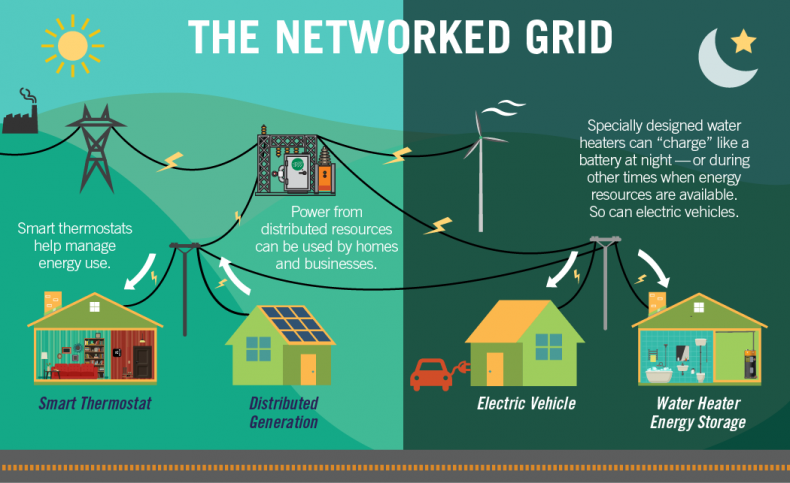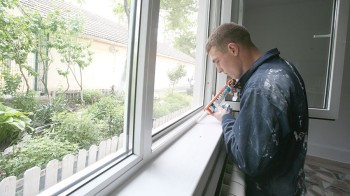The Grid Will Connect Us to Our Energy Future
By Justin LaBerge
It’s often said that we live in an information age. There are hundreds of channels on satellite and cable TV. Consumers who live in communities with high-speed Internet can use services like Netflix, Amazon Prime and Hulu to access many more entertainment options. Satellite radio, podcasts and music streaming services fill our ears with everything from our favorite tunes to dating advice. Anybody with a computer or smartphone can create content and distribute it through social media.
Even in rural areas without broadband service or 4G mobile data, it’s still a far cry from the days when consumers had to pick from three TV networks, a handful of radio stations and one local newspaper.
There are many factors that came together to spur this digital revolution, but two of the most important are advances in technology and growth of the nation’s data transmission network.
Our nation’s power system is in the beginning stages of a similar revolution.
Historically, the electric grid has operated much like the old broadcasting system with three major networks. In this system, called central station power, electricity essentially flows in one direction, from big power plants to consumers.
This is a time-tested system that has proven itself safe, reliable and efficient, and it continues to be the best solution for the vast majority of American energy consumers. But advances in renewable power generation, energy storage and energy management technology are likely to change that model in the coming years.
Solar panels are becoming cheaper to produce. Batteries are lasting longer, charging faster and costing less. Smart home devices can make instantaneous calculations to optimize our energy use. While many of these new generation and energy storage technologies aren’t quite ready for prime-time, electric cooperatives are already working to make the grid smarter and more adaptable — matching technology with what makes sense for their unique geographic area and membership.
With all these advances in technology, it’s easy to envision an energy future where homes and businesses could unplug from the grid completely. Although that’s certainly possible, in order to realize the full potential of renewable generation, energy storage and smart home technology, the electric grid and utilities will continue to play critical roles.
Just as our information age was made possible by digital devices talking to each other over a communication network, our modern energy system will rely on new technologies working together through an interconnected power grid. The key to making the system work is a smart electric grid that enables the two-way flow of energy from a decentralized network of generation resources.
Even as renewables come down in cost and improve in reliability, large and highly efficient generation facilities will continue to play a critical role in our power system. These facilities provide a steady, reliable and efficient backbone for the network that powers our lives.
The digital revolution has accelerated the pace of innovation bringing changes to that network.
In the not-too-distant future, electricity will power an even larger share of our daily lives, from cars to smart appliances, to home automation systems. These technologies have the potential to make our lives easier, save us money and support a sustainable future. The smart electric grid is the network that will make it all possible.
About the Author
Justin LaBerge writes on consumer and cooperative affairs for the National Rural Electric Cooperative Association, the Arlington, Va.-based service arm of the nation’s 900-plus consumer-owned, not-for-profit electric cooperatives.-
Share this story:




